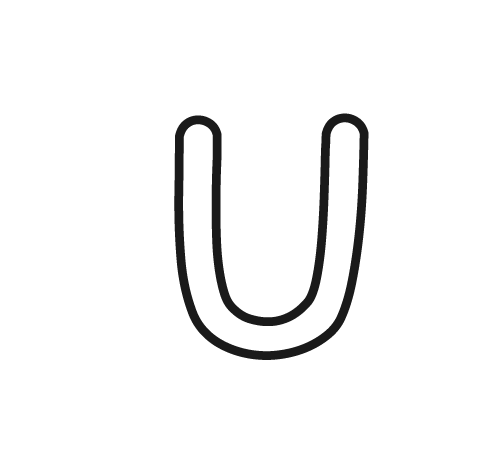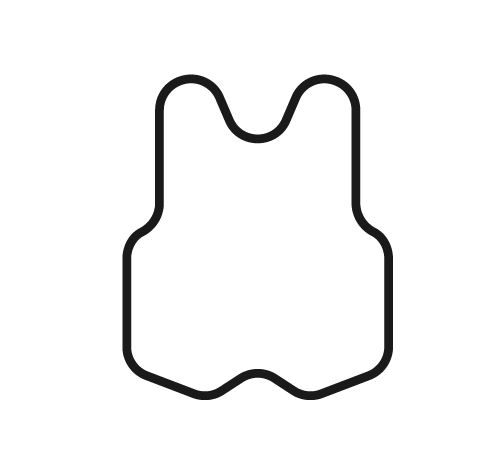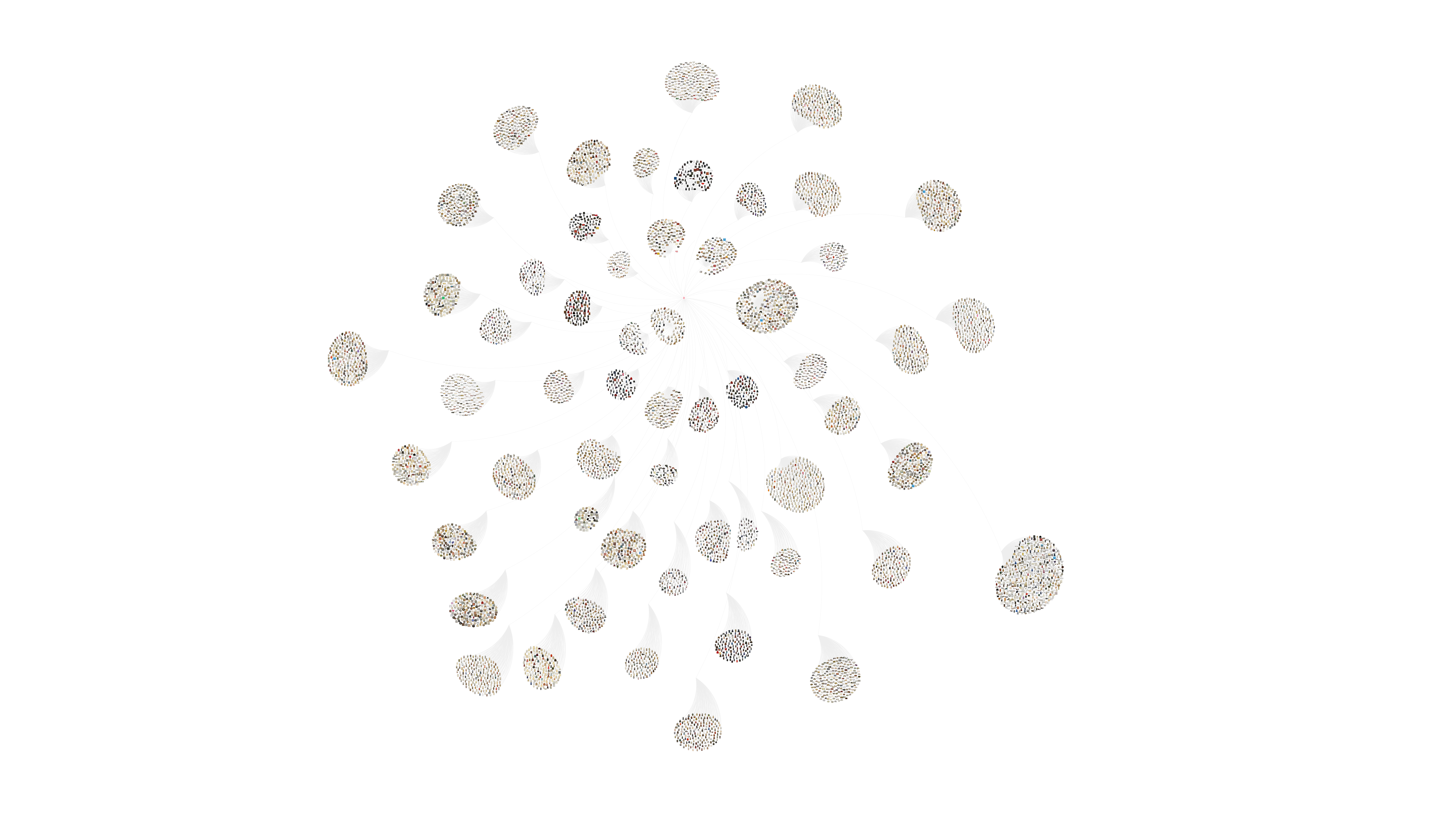The Dancing Bell

The Dancing Bell Shape is a form that clusters particularly well. We find mostly 19th century dresses, petticoats and skirtsin this cluster. However, a 1500 German purse was also classified as similar in form.
The Classic Rectangle

The Classic Rectangle is a classic form that expectedly clusters particularly well. We find mostly 19th century handkerchiefs, scarfs, fichus, headcloths, purses/bags and casesin this cluster.
The U-Collar

The U-Collar was an a form that performed particularly well, perhaps because of its distinct shape. U-Collars span varying thicknesses and edge treatment, imitating shapes spanning sunrays, waveforms and butterflys. We find mostly 18th-19th century collars, neckpieces and fichusin this cluster.
The X-Torso

The X-Torso is typically identifiable as a sleeveless structure with a W or V-shaped cut around the midriff. X-Torsos are predominantly American (~40%-69%), followed by a British, French or general European origin. We find predominantly Vests, Waistcoats and Petticoats from the early to mid-19th century in this cluster.
Evolution Across Centuries
Examining clusters across centuries reveals an story of evolution where one can unmistakeably see how certain forms "snowballed" over time. In doing so, certain forms of clothing grew increasingly organized and iconified. This is indicative of a hypothesis reached during the course of this project, which is that standardized patterns, or patterns proliferated and controlled through means such as the rise of mechanical reproduction, are highly discernible when minimalizing items of clothing down to their essential form.
<= 1600
Items from the 16th century or older do not seem to cluster very well when focusing on form. This limitation may be due to the relatively smaller number of items in the collection from the 16th century or older. This might also be another indication that form is only particularly effective at grouping items that are produced after mechanical production, since those that were produced before were not as standardized in form.
1600-1699
Items from the 17th century show an emergence of distinct clusters in form in comparison to the 16th century. Compared to the 16th century: 1) we have more objects to learn from and 2) we see the emergence of forms that will come to represent strong forms in style. In this century, clothing was still largely made by individual workers and artisans. For example, you see the U-Shaped Collar making its appearance, a shape that we covered earlier as a model cluster. However, it is evident that the clarity of strong standardized forms do not appear yet in this century
1700-1799
Items from the 18th century cluster the best by form out of all the centuries examined. Note: 42 clusters not shown due to space limitations. The edited version here is a good representation that conveys how the vocabulary of style grew increasingly iconified and organized. This makes sense when we consider advancements in textile manufacturing in this century, including John Kay's Flying Shuttle (1733) and Samuel Crompton's Spinning Mule (1769). This supports the hypothesis that clustering by form pulls out the most standardized shapes - most likely created after the Industrial Revolution - as a result of mechanical reproduction.
